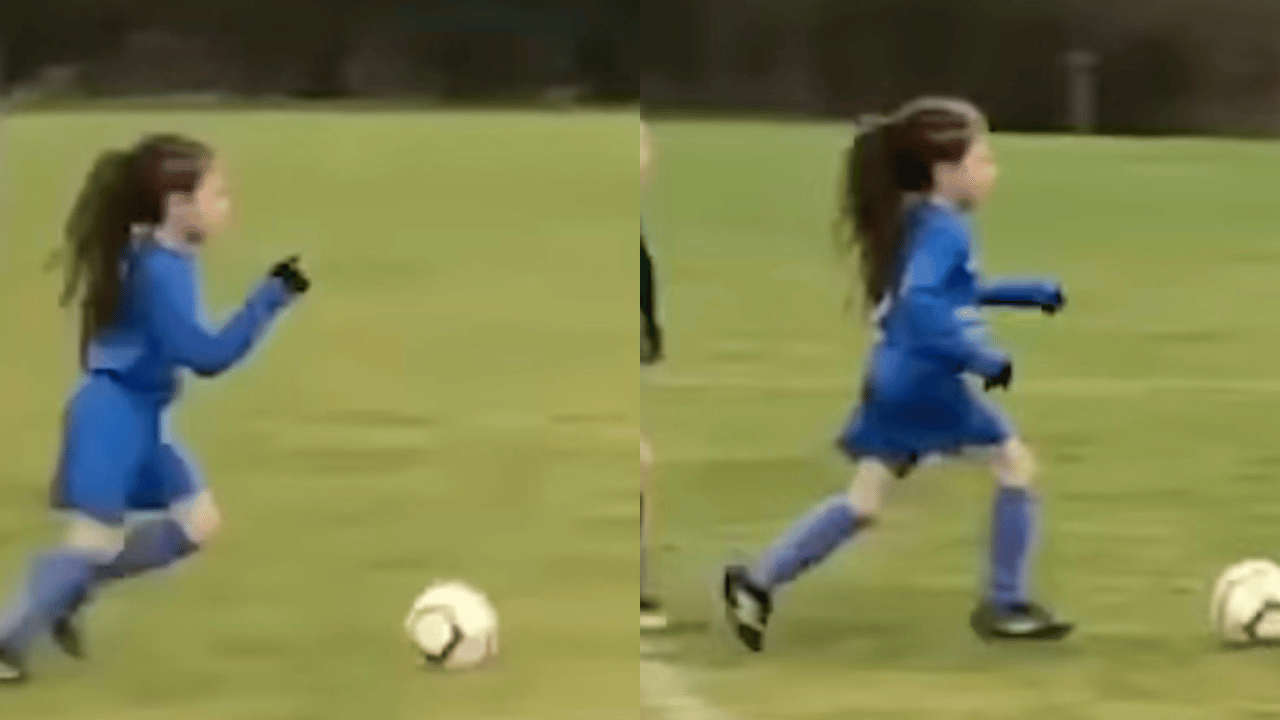Blog
When Movement Is Blocked: Gravity, Genetics, and Trauma

Every child learns to move by entering a dialogue with gravity.
Gravity as the Missing Teacher

Breakthrough: Balance Over Strength

 Breakthrough: Balance Over Strength
Breakthrough: Balance Over Strength 
-
Not because we made her "stronger."
-
Not because we forced posture or used equipment.
-
But because we gave her room to balance.
To the right: her head stayed.
To the left: it gently corrected to center — a reflex, not a strain.
But when you ha...
Context Matters: What the Stanford “Autism Reversal” Study Really Means

You may have seen headlines claiming that scientists at Stanford “reversed autism.”
Let’s clarify.
Three Ways to Help This Baby
How to help this baby:
Movement Lesson and Your Child's Learning

This is the structure of Movement Lesson and your child’s learning
Rotational Equivalence: From Neuron to Cosmos
The neuron mirrors the same principles found in:
In Turner physics, this is the Law of Biological Gravity:
Gravity is the First Teacher of Movement

Gravity is the First Teacher of Movement
Reflex Disintegration
Loss of Axial Tone and Midline
Child Motion Assessment: 7-year-old pitcher

1. Posture & Setup
2. Wind-Up & Leg Lift
3. Rotation & Torque
4. Stride & Groun...
Child Movement Assessment: 8-Year-Old Soccer Player

General Observation
The child shows excellent rhythm, coordination, and confidence. Her motion is highly rotational — using the whole body to create momentum rather than only the legs. She displays an intuitive sense of balance and gravitational timing, key to dynamic athletic movement.
1. Rotational Integration
Strength: Rotation begins from the pelvis and flows upward through the trunk, shoulder, and head — a complete kinetic chain.
Observation: The turn through the spine is fluid, showing reasonable control through midline transitions.
Suggestion: Encourage rotational practice in both directions to balance the body’s preference; this supports ocular and vestibular development.
2. Weight Transfer & Lower Body Coordination
Strength: Excellent shifting of weight between feet; she releases one foot fully before engaging the next, showing mature pelvic organization.
Observation: The kick finishes with a strong spiral, demonstrating both grounding and lift through the su...
Athletic Forward Lunge with Hands Overhead

Movement Lesson AI Assessment
Athlete: Male, 32, former professional football player
Task: Forward lunge, overhead hand position
Observations
-
Foot Strike & Spiral Control
-
On landing, the forward foot shows a dip/roll indicating incomplete spiral engagement.
-
Instability in midfoot loading reduces the ability to anchor ground force cleanly.

-
Knee Tracking
-
Knee tracks slightly medial on descent, a compensation for loss of foot control.
-
Torque is dissipated rather than transferred up the chain.
-
Hip Stability
-
Forward hip shows delayed stabilization → “catching” rather than “driving” through motion.
-
This reduces the efficiency of rebounding into the next gait step.

-
Core & Trunk Control
-
Hands-up position masks instability below—core is working overtime to “hold pattern,” not dynamically stabilize.
-
Small trunk shifts appea...
Soccer and Movement Lesson AI

Child Movement Assessment: 7-Year-Old Soccer Goalie
General Observation
1. Weight Transfer & Grounding
-
Strength: Solid stance with a wide base of support; knees flexed, pelvis lowered for readiness.
-
Developmental cue: Excellent pre-jump positioning — both feet rooted evenly before motion.
-
Functional note: Watch for slight stiffness in the ankles or delayed heel release; this may reduce the smooth rotational roll into the dive. Encouraging small balance drills (rocking, lateral sway, heel-toe shifts) will refine his force absorption.
2. Rotational Function
-
Strength: Begins with ...

